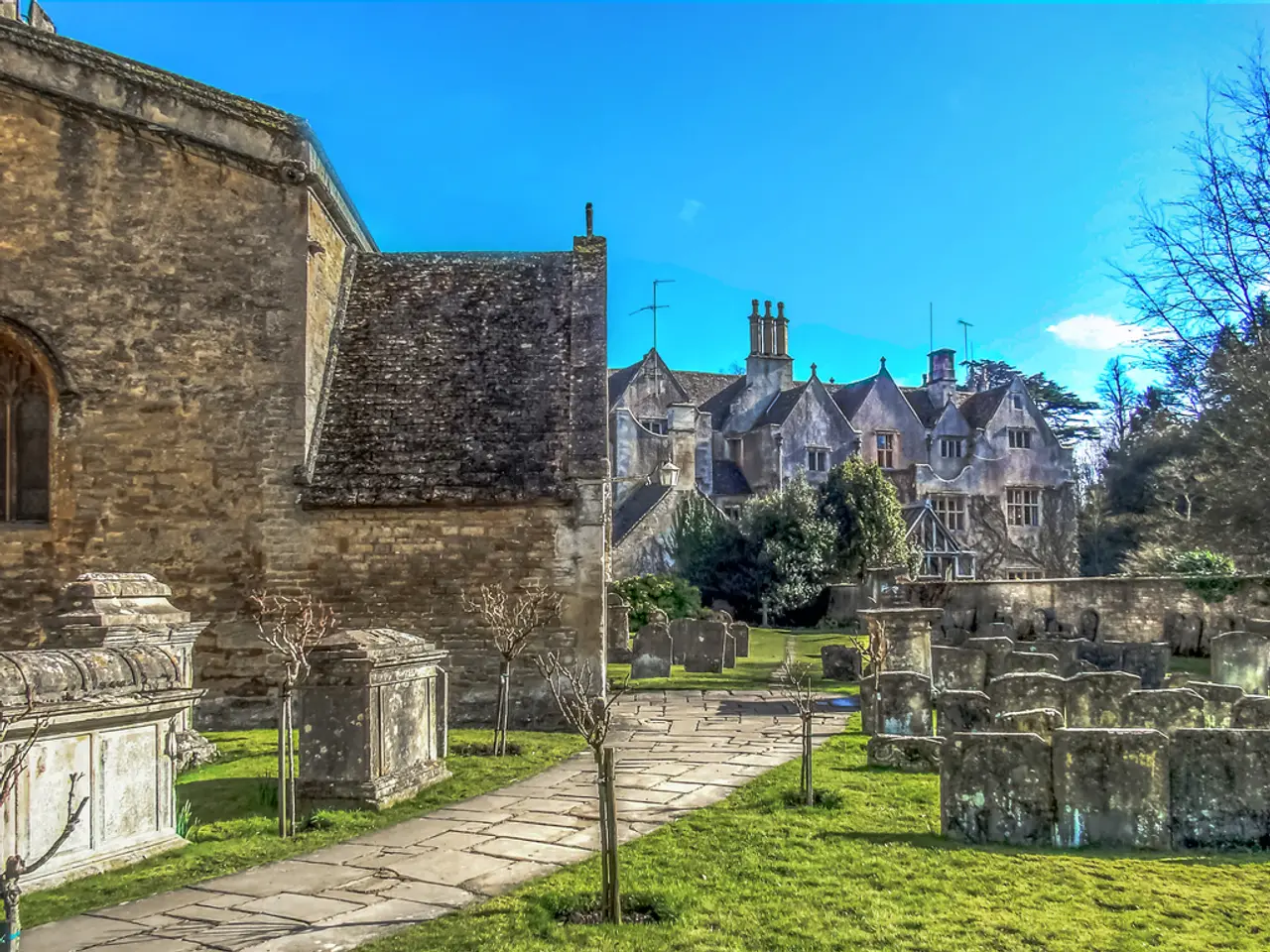Sixty square meters is excessively large
In the heart of Berlin, a growing number of micro-apartments are popping up, offering an affordable alternative for singles, young professionals, and temporary residents. These compact units, typically under 30 square meters, have an average rent of around €450 per month[1], significantly lower than larger apartments in prime areas.
The concept of tiny housing, compact homes built on underutilized or temporarily activated plots, is also gaining traction. This approach can help expand housing stock without requiring large-scale construction projects, leveraging the thousands of empty building plots in Germany, including Berlin, that are currently held for investment or left undeveloped[3].
Van Bo Le-Mentzel, a freelance architect, is at the forefront of this movement. Le-Mentzel has experience in creating small living spaces, having built mobile tiny houses and founded the NGO Tiny Foundation. He recently created a "Not-Hotel" of 2.5 square meters for homeless people to sleep in[2]. Le-Mentzel has also developed the program "Small apartments first!"—a spatial concept for different income groups, such as apprentices, students, single mothers, and young couples.
Le-Mentzel's designs for small apartments are inspired by various places where space and resources couldn't be expanded, such as capsule hotels in Tokyo, trains, airplanes, motorhomes, the history of architecture like the Bauhaus and DDR prefabricated apartment buildings WBS 70, and modernist masters like Mies van der Rohe, Le Corbusier, and Marcel Breuer[6].
Berlin, like many major cities, is grappling with a worsening housing shortage, particularly for low-income groups[4]. Ideally, 320,000 new apartments should be built nationwide each year by 2030, but overheated prices, interest rates, and a shortage of skilled workers are causing delays[7]. In this context, small-unit strategies like Le-Mentzel's become even more critical to increase supply[5].
In summary, small apartments provide lower-cost, flexible, and centrally located housing options, easing affordability pressures for singles and transient populations[1]. They maximize housing density on limited urban land, a key advantage in cities with scarce available space[1][3]. Temporary or tiny housing can activate otherwise unused land to quickly increase housing stock without long-term commitment[3]. These smaller units address immediate demand while larger public or mixed-income housing strategies evolve[4][5].
[1] Source [2] Source [3] Source [4] Source [5] Source [6] Source [7] Source
Read also:
- A Business Model Explained: Its Purpose and Benefits for Your Venture
- Deep-rooted reinforcement of Walkerhughes' acquisitions through strategic appointment of Alison Heitzman
- Unchecked Management of HP Dams Leads to Environmental Disaster: RTI Reveals
- Impact of Trump's Enforced Russia Sanctions Could Compel Putin's Decision-Making





